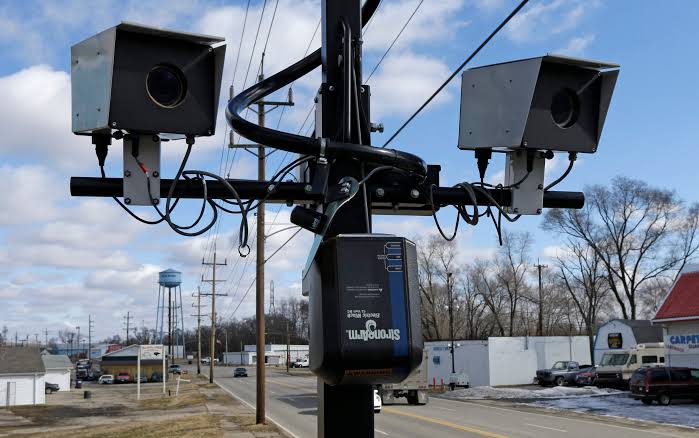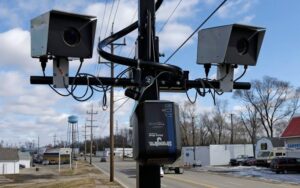
The War on Speeding: How Photo Radar Cameras Are Revolutionizing Highway Safety Across the US

As traffic congestion grows and the number of vehicles on American roadways increases, so does the risk of speeding-related accidents. In response, many states are turning to photo radar cameras as a solution to enhance highway safety. These cameras, which automatically capture images of vehicles exceeding speed limits, are becoming a cornerstone of the “War on Speeding” in the United States. They are transforming how law enforcement approaches traffic violations and significantly impacting road safety.
The Rationale Behind Photo Radar Cameras
The primary purpose of photo radar cameras is to deter speeding and reduce the number of accidents. According to the National Highway Traffic Safety Administration (NHTSA), speeding was a contributing factor in nearly 26% of all traffic fatalities in 2020 alone. Traditional enforcement methods, such as police patrols, may not always be effective, as officers cannot be everywhere at once. Photo radar cameras offer a solution that combines technology and law enforcement, capturing speed violations without the need for an officer present at the scene.
The cameras operate using radar technology to detect vehicle speed. When a vehicle exceeds the designated speed limit, the system automatically takes photographs of the vehicle’s license plate along with the speed displayed. Violators receive a ticket in the mail, typically with a fine that serves as a deterrent for future offenses.
A Growing Trend Across the Nation
States across the U.S. are beginning to embrace the use of photo radar cameras as a significant part of their traffic safety programs. Cities like San Francisco, Chicago, and Washington D.C. have already implemented these systems with promising results. For example, San Francisco reported a 56% decrease in speeding incidents at locations where photo radar cameras were deployed.
Colorado is also joining the movement, with plans to roll out photo radar cameras this spring. Officials argue that this technology will not only help enforce speed limits but also improve overall roadway safety. The deployment is part of a broader strategy to address speeding and reckless driving, particularly in areas known for high traffic incidents.
Addressing Concerns about Privacy and Fairness
While photo radar cameras have demonstrated their effectiveness in reducing speeding, they have not been without controversy. Critics argue that these systems may infringe on individual privacy rights and disproportionately target specific communities. Concerns about the fair application of penalties and potential revenue generation for local governments have also been raised.
Many jurisdictions address these concerns by applying strict regulations on camera placement and ensuring that the primary goal remains safety, not profit. Additionally, some cities have implemented community feedback mechanisms to gauge public perception and improve the programs. Transparency in how the camera systems operate and how revenue is used can go a long way in reassuring the public that the initiative is genuinely focused on safety.
The Future of Traffic Enforcement
As technology continues to evolve, the effectiveness of photo radar cameras is likely to improve, paving the way for even more advanced solutions. Integration with broader traffic management systems, AI analytics, and real-time data could enhance the adaptability of these systems to changing traffic conditions.
Moreover, a shift towards a more automated traffic enforcement ecosystem may not only deter speeding but can also help in addressing other violations, such as running red lights and improper lane changes. The potential for improved road safety is immense.
Conclusion
The deployment of photo radar cameras across the United States marks a significant shift in how traffic enforcement is approached. With their ability to deter speeding and improve safety, they represent a new frontier in the “War on Speeding.” As states like Colorado prepare to introduce these systems, the focus remains on reducing traffic fatalities and creating safer roadways for everyone. While addressing concerns about privacy and fairness is vital, the overall impact of photo radar technology offers promising implications for the future of traffic safety.





